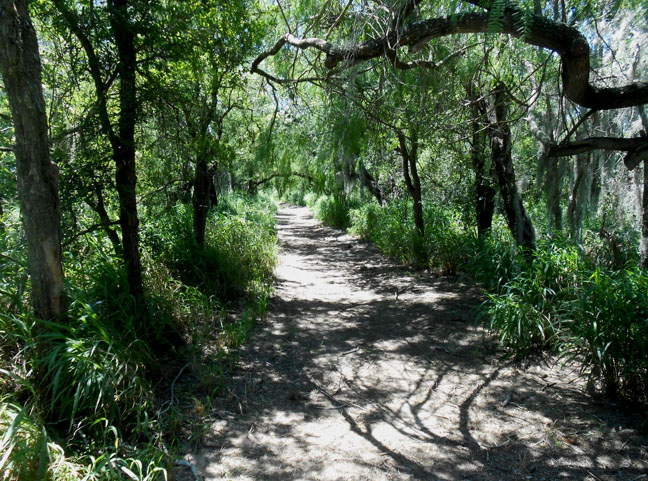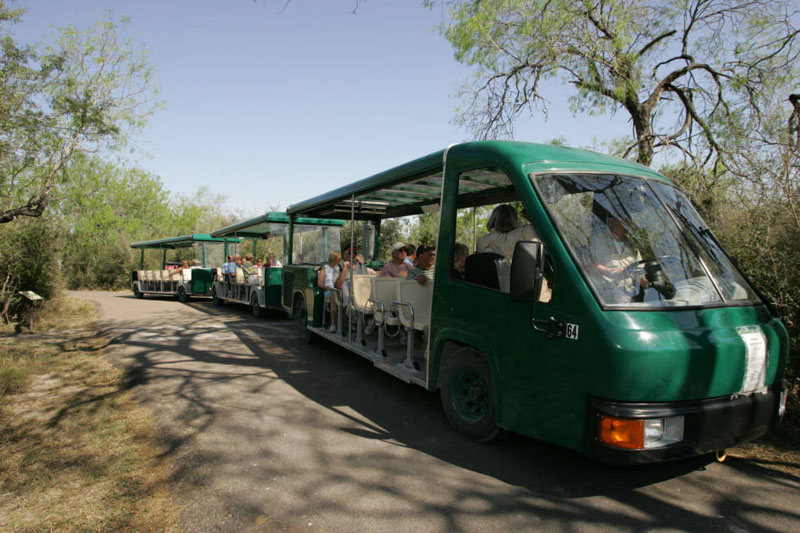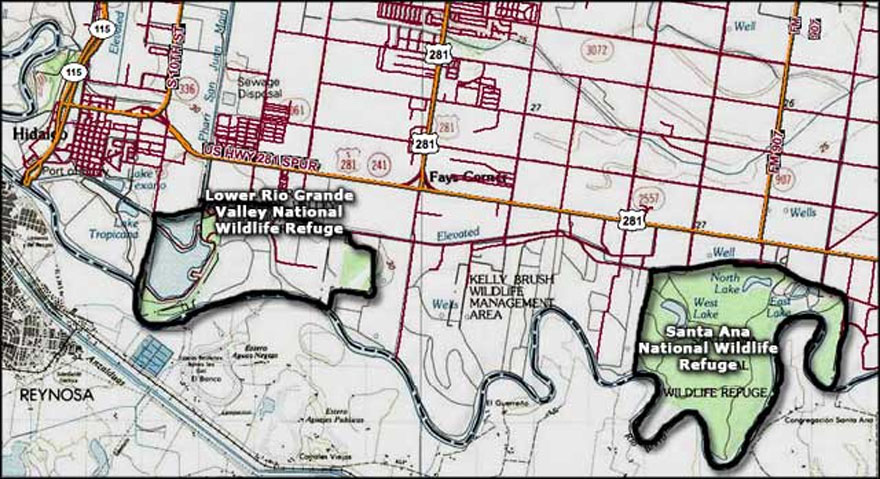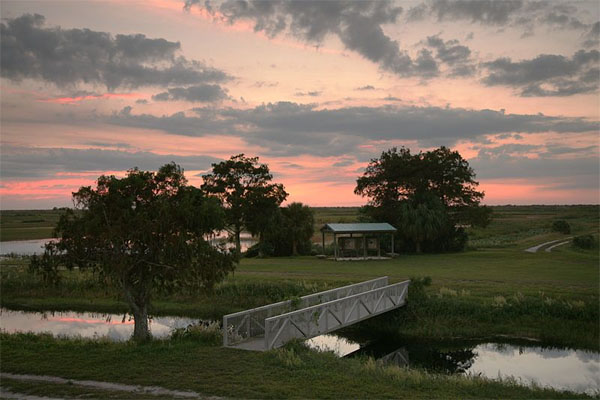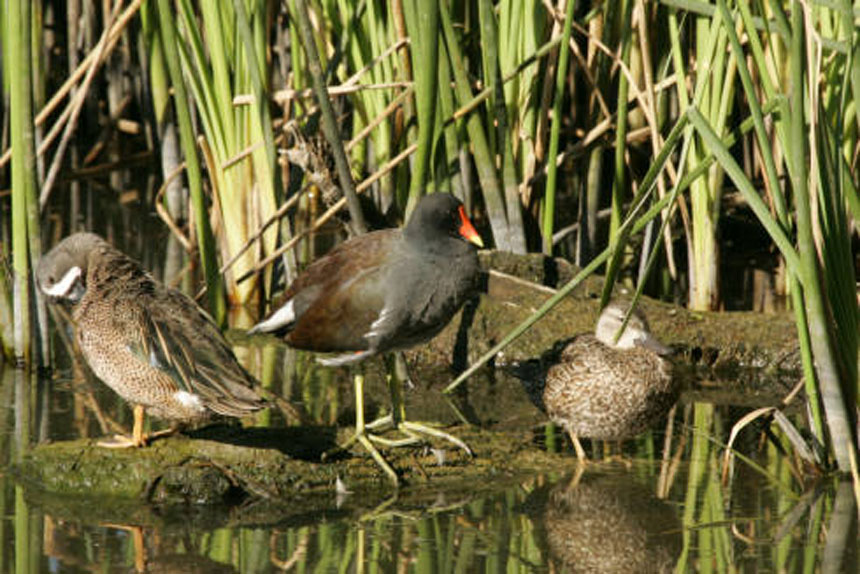
Photo: USFWS
4 April 2018
Refuge Friends, FWS employees, concerned birders, and conservationists of many varieties have been watching developments at Santa Ana National Wildlife Refuge for about a year, worried that plans for construction of a huge border wall would destroy habitat and limit access at this premier refuge in the Lower Rio Grande Valley of Texas.
Santa Ana NWR protects 2,088 acres of unique habitat along the banks of the Rio Grande. The refuge was originally created in 1943 to protect migratory birds, and fully 94.9% of its property has been acquired through Stamp/MBCF dollars. The refuge rests on unique land, and it is estimated that only 5% of the Lower Rio Grande Valley’s native landscape still exists in the Valley, a significant proportion of which is at Santa Ana.
Of course, when President Donald Trump signed the $1.3-trillion omnibus spending deal on March 23, it averted another government shutdown. The bill, written largely without debate or discussion and passed without enough time to read its 2,232 pages, did contain a crucial short sentence in reference to the border wall in question. It read: “None of the funds provided in this or any other Act shall be obligated for construction of a border barrier in the Santa Ana National Wildlife Refuge.”
The omnibus bill also called for a “consultation of environmental impact” with the Secretary of the Interior and the Environmental Protection Agency before any walls are built along the Southwest border, while making specific mention of Santa Ana.
In this way, the prolonged struggle over the proposed wall at bird-rich Santa Ana NWR seems to have come to an end. The spending bill does include $1.6 billion for border barriers and technology, with restrictions on the kind of intrusive construction that can be done, but the NWR is essentially exempt. “The bill is very explicit in keeping any new border walls from going up in Santa Ana,” said Scott Nicol, co-chairman of the Sierra Club Borderlands. “I think we were successful in making walling off Santa Ana politically toxic.”
Originally, the Santa Ana border wall appeared to be a pilot project for other sections of the wall, if only because the land was under federal control. (An estimated 95% of the land on the Mexico border across Texas is privately owned.) In addition, the Administration had issued bidding guidelines that drew on elements of eight prototype walls that were about 30 feet high, higher than existing barriers.
But the reprieve could possibly be temporary. “This bill stated that there wasn’t going to be any funding allotted for this year, but that doesn”t mean that, that may not happen next year,” said RGV No Border Wall organizer Melinda Melo.
Moreover, the threats still exist for other Lower Rio Grande Valle wildlife habitat like the National Butterfly Center and Bentsen-Rio Grande State Park. While Santa Ana may be out of the crosshairs, the issue of habitat conservation in The Valley will surely continue. “For now, we’ve been able to save Santa Ana from having any kind of structure built around it, but the battle and the war’s not over on this issue,” said Congressman Vicente Gonzalez (D-TX).
